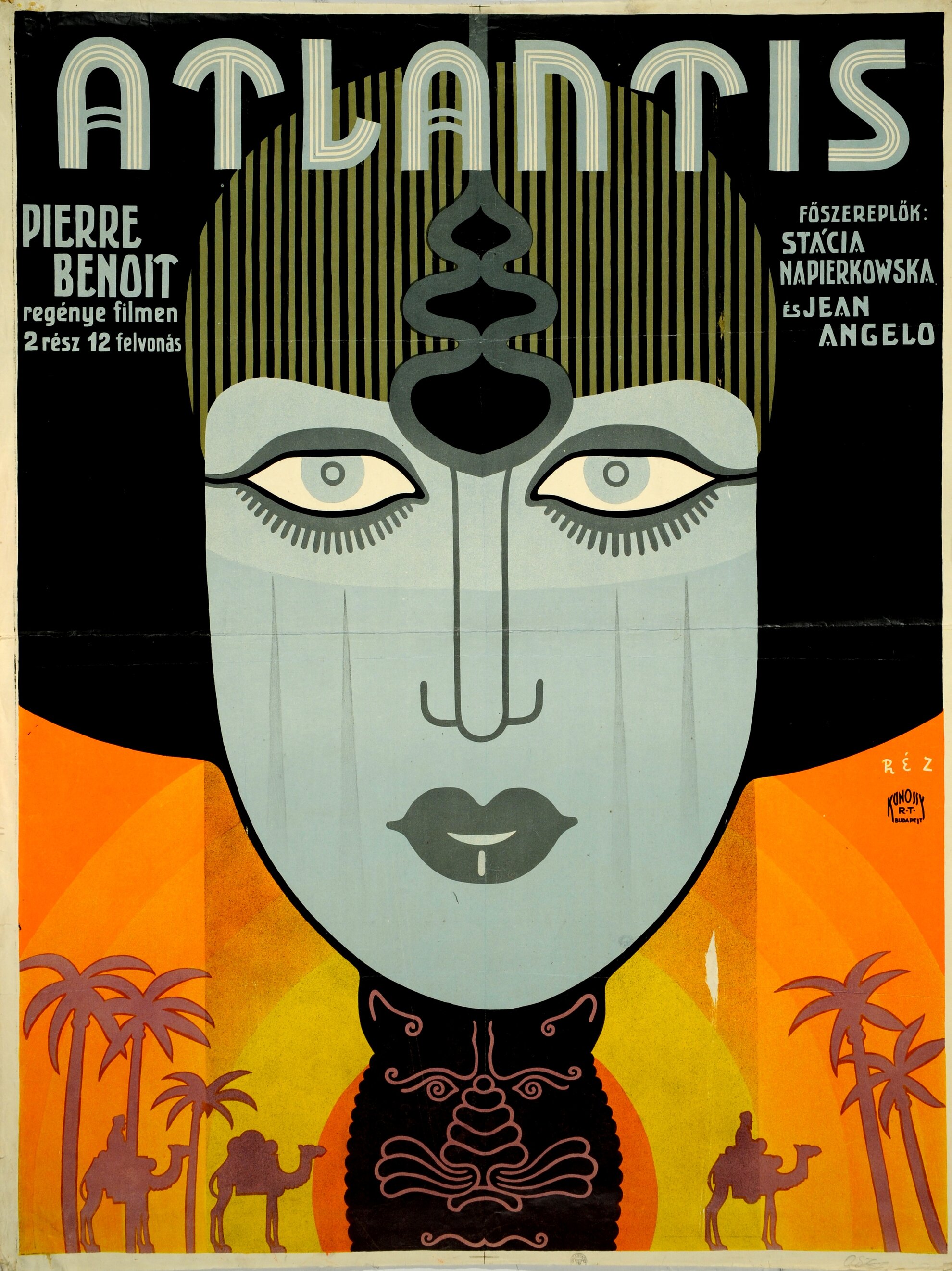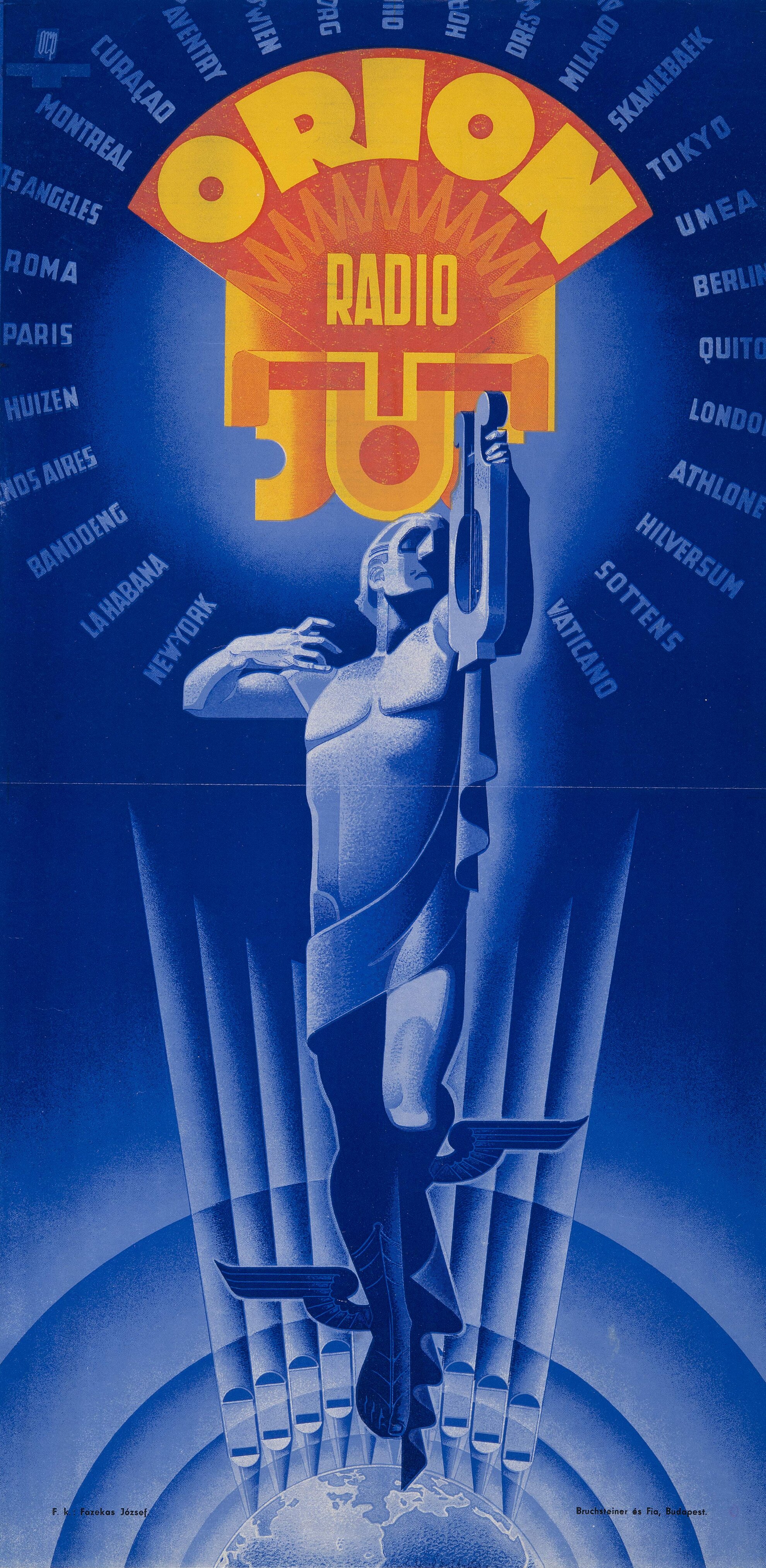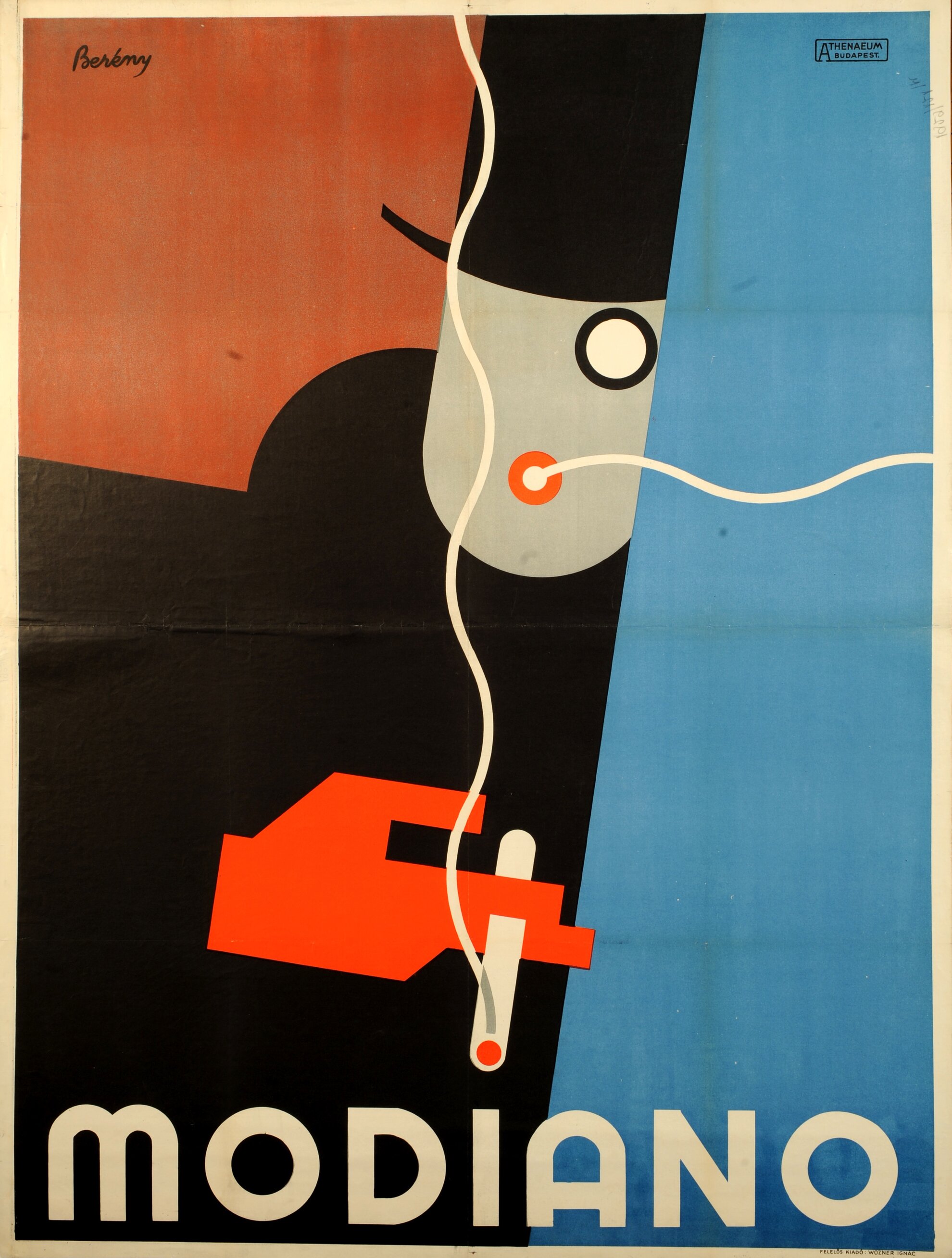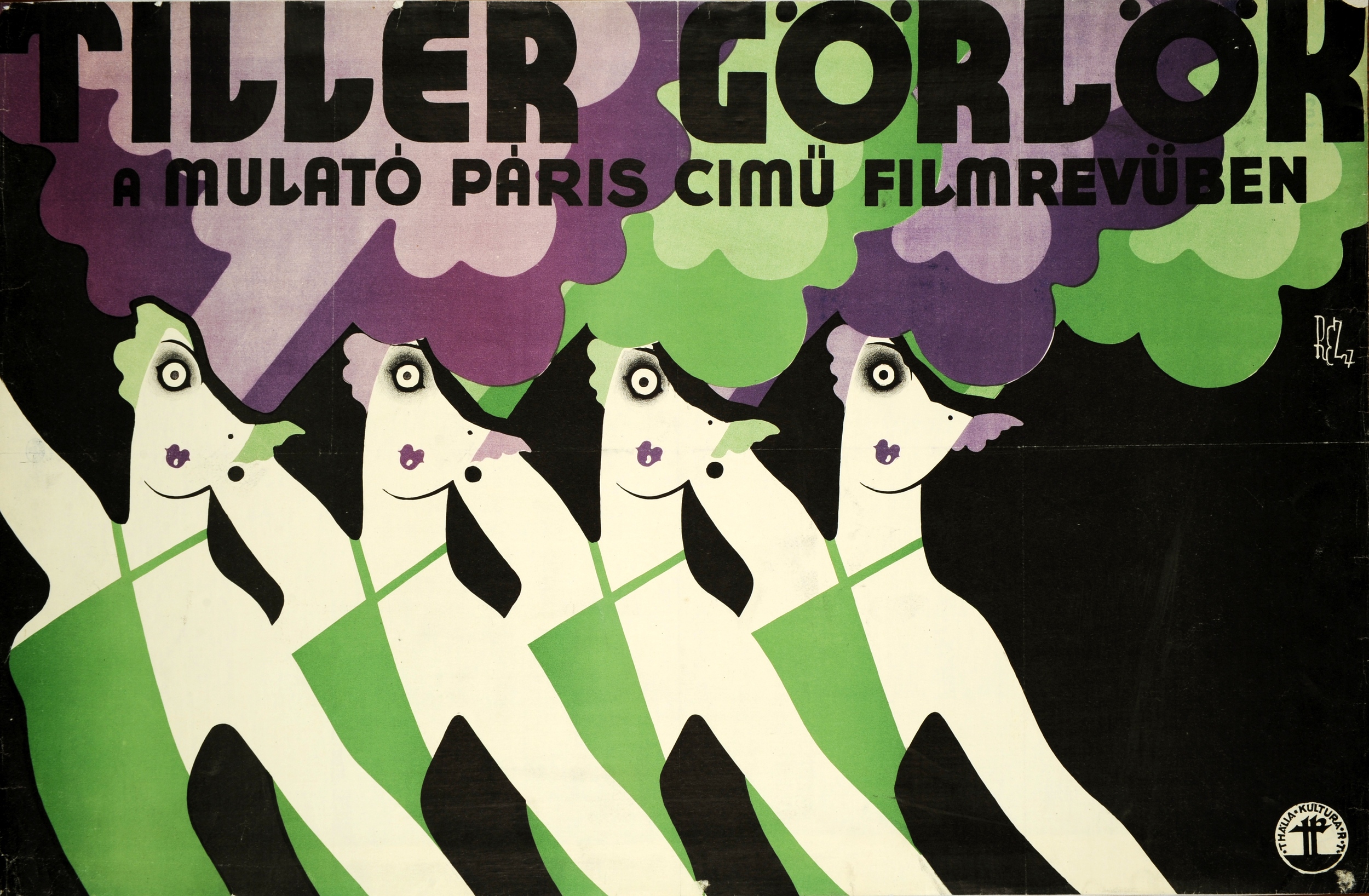Art Deco has a particularly fascinating heritage. It’s a term
predominantly used for the applied arts, while it has also had a major impact
on architecture, painting, applied graphics, sculpture and cinematography.
Although the term was coined in the 1920s, it was not until 40 years later, in the 1960s, that Art Deco was rediscovered and reassessed as an independent trend – event though it had existed in France since the turn of the century.
And to add another twist to the formula. When Le Corbusier first described the term ‘Art Deco’ in an article in 1925, he was not praising it, but used it in a pejorative sense for artificial objects in which decorativeness suppresses art.
The name ‘Art Deco’ derives specifically from the name of the 1925 Paris International Exhibition of Applied Arts.
In 1968, UK art historian Bevis Hillier analysed the genre in depth in his groundbreaking book Art Deco of the 20s and 30s. According to him, it was not even a style that could be defined precisely, but rather a sense of taste, which characterised primarily the fields of applied arts, objects and design.
Barely 20 years between the two world wars was a special period not only for Hungarians, but the world as a whole. The trauma of World War I and of the subsequent devastating treaty was accompanied by the Spanish flu that decimated millions. A huge recovery was needed. Slowly, economic consolidation took effect. By the second half of the 1920s, tragedy and death were supplanted by a lust for life.
Intoxication, glamour and the longing for pleasure and new experiences
– dovetailing with decadence – slowly took over. And by the 1930s, this
hedonistic outlook only intensified.
People consumed more and more as not only demand but also supply grew, so more and more advertising templates were created to cover all aspects of everyday life. Although the posters take their inspiration from many sources – avant-garde fine arts, Art Nouveau, folk art, exotic cultures – they merge over the modern concept of urban existence. An affirmation of life, elegance and erotica are characteristic of almost all the examples on view here.
The visual abundance of posters, colours and shapes then influenced other areas of life, culture, fashion, design, architecture, film, theatre and music.
The exhibition, jointly organised by the National Gallery, the Museum of Fine Arts, the National Széchényi Library and the Museum of Applied Arts, begins with a vast model of the Orion logo, Hungarian manufacturers of radio sets and light bulbs. Beyond, posters show the work of well-known designers such as Róbert Berény, József Bottlik, István Irsai, Lajos Kozma, Kató Lukáts, Gitta Mallász and Tibor Réz Diamant.

Although there are still great examples of film posters today, it is impossible not to notice the sad consequence of how much the quality has deteriorated over the course of nearly a century. Pre-war examples would make a great exhibition in their own right. But fortunately, curator Anikó Katona and team, did not stop there.

We get a relatively comprehensive picture of what it was like to live in Hungary between 1925 and 1938. How did they dress, what hairstyle did they wear, what was in? The posters mainly advertise products, report on events and promote tourism, and this diversity is complemented by specific contemporary products and works of art: magazines, books, covers and illustrations, furniture, glass and ceramics, sculptures, clothes, shoes and hat sets, costume designs and architectural drawings, along with small gift boxes.
There are so many tempting things from the past that still carry a powerful message – you’d love to take home one of the Orion devices, for example, not to mention 20 or 30 posters. Viewed from this vantage point, this was very much a golden age for so many things, not least advertising. It may be trying to tempt you to part with your hard-earned pengő but it did look amazing!

Exhibition information
Art Deco Budapest – Posters, Lifestyle and the City (1925-1938)
Hungarian National Gallery
1014 Budapest, Szent György tér 2
Open: until 28 August Tue-Sun 10am-6pm. (Easter – open Mon 18 April, closed Tue 19 April)
Admission: 3,800 forints/discounted 1,900 forints
Book tickets here




